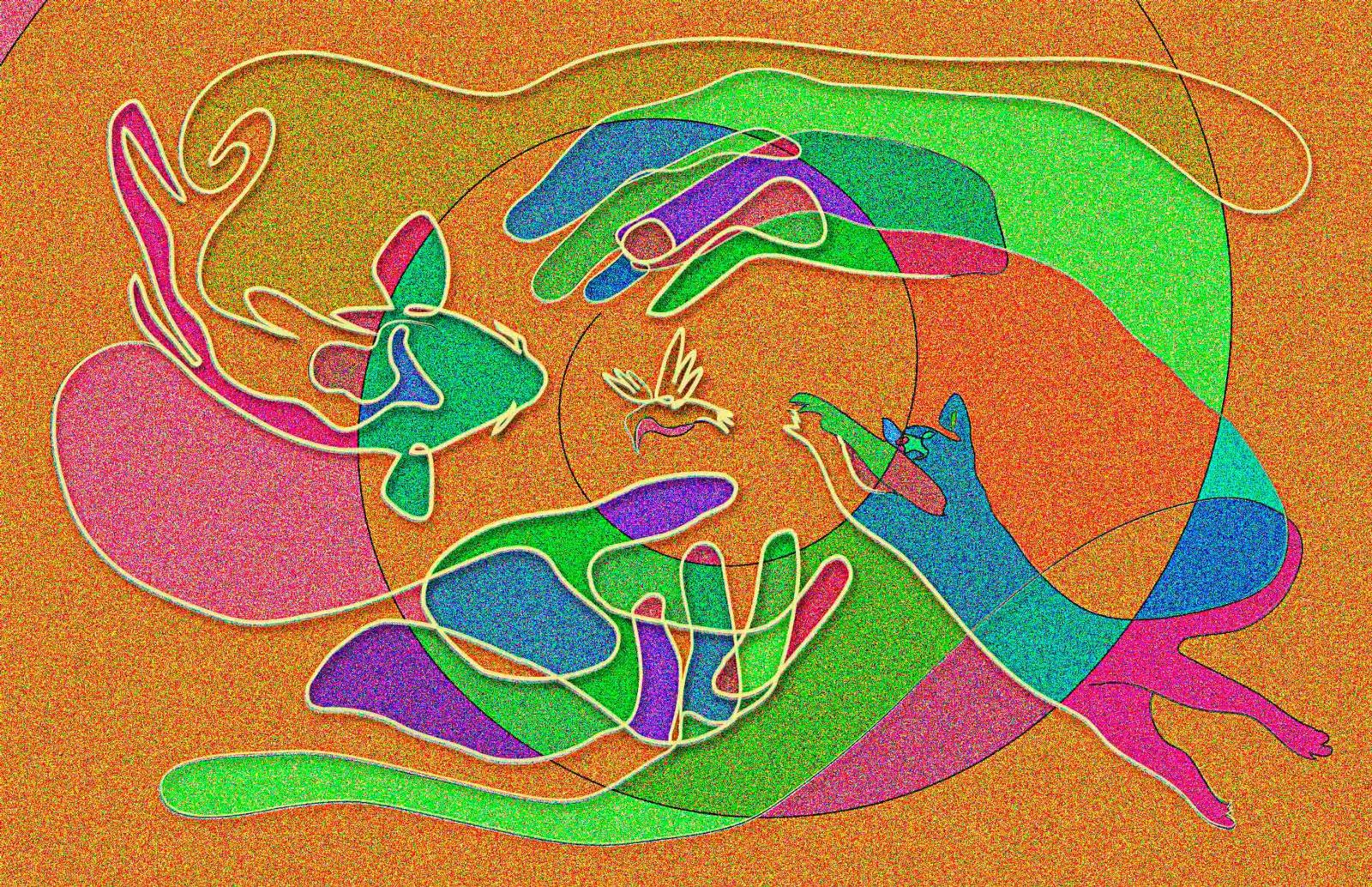This article was originally published in Science and is reprinted with permission from AAAS. Dale Jamieson Science, 5 Jan 2023, Vol 379, Issue 6627, p. 35 (DOI: 10.1126/science.adf6029)].
Since the publication of Peter Singer’s Animal Liberation in 1975, attitudes toward nonhuman animals have changed drastically. Singer’s book was followed by papers and monographs by other philosophers, and a new field of animal studies emerged in its wake. Justice for Animals, by the eminent philosopher and law professor Martha Nussbaum, is a welcome addition to this literature.
According to Nussbaum, all sentient animals have “imperfect rights”—rights not against any particular person but against “humanity imagined as capable of collective action.” These rights, she argues, should be recognized as actionable legal rights.
The “Capabilities Approach,” a theory of well-being that Nussbaum worked out in its original form with Nobel Prize winner Amartya Sen, provides the foundation for a substantive account of what it is for a creature to flourish and thus what opportunities rights should protect. The core idea is that an injustice occurs when an animal’s “significant striving” is inhibited by “wrongful thwarting” either through negligent or deliberate action. Nussbaum argues for the superiority of her theory over those of others and goes on to discuss the harm of death, tragic conflicts, our responsibilities to animals in a variety of settings, the possibility of human friendship with animals, conflicts of duty, and the role of law in achieving justice for animals.
Nussbaum’s writing is energetic and direct, full of stories and anecdotes. The book is pleasingly constructive rather than deadeningly polemical. Its major accomplishments, in my view, are the following: First, by showing how the Capabilities Approach can support a theory of justice for animals, it strengthens the argument that our systematic treatment of nonhuman animals is morally indefensible from almost any normative perspective.
The Capabilities Approach also puts respect for agency at the center of what we owe animals. Previous work has tended to neglect agency and focused instead on animal suffering. This is understandable given the sheer scale of suffering entailed by practices such as the mass production of meat. Yet the neglect of agency can obscure the full range of ways in which we encounter animals.
Another strength of this book is Nussbaum’s full-on embrace of the Anthropocene. She acknowledges that directly or indirectly, through action or omission, humans affect virtually every living thing on the planet, thus giving rise to broad and deep obligations. This is in welcome contrast to views that tend to cordon off “nature” and relieve humans of responsibility for what happens there. There are also valuable discussions of such topics as why death can be a harm and how extinction hurts individual animals, as well as interesting historical asides.
Nussbaum envisions a “multispecies world in which all have opportunities for flourishing.” Although she acknowledges conflicts and challenges, there is an overall sense of unworldly optimism in this book. She understands how important human population control is to realizing her vision, for example, but seems to think that educating women is enough to put this concern to rest. She also discusses various problems that arise from keeping companion animals, but there is little mention of, for example, the toll that domestic cats take on songbirds. Nor does she really address the discomfort that many people will feel about establishing a government office of “domestic animal welfare” or allowing animals to sue their guardians.
Nussbaum tends to be too categorical in attributing commonsense psychological states to animals, and some of her most controversial claims (e.g., that fish can be painlessly killed) are not well anchored in the literature she cites. There is little acknowledgment of the constancy of change in nature and the disruption that it entails. Whether in the Anthropocene or some other epoch, natural selection will drive speciation and extinction, and nutrients in any form, whether bacterial or mammalian, are seldom left on the table. The multispecies world will never be a peaceable kingdom.
In a book of such sweep and ambition, marked by the clarity and boldness of its claims, there is bound to be a lot with which one can take issue. Indeed, it is a virtue of this book that the mind of the author is so clearly on display. Even if in the end they are not fully convinced by Nussbaum’s arguments, a confirmed speciesist or a Benthamite utilitarian can read this book with pleasure and profit.

